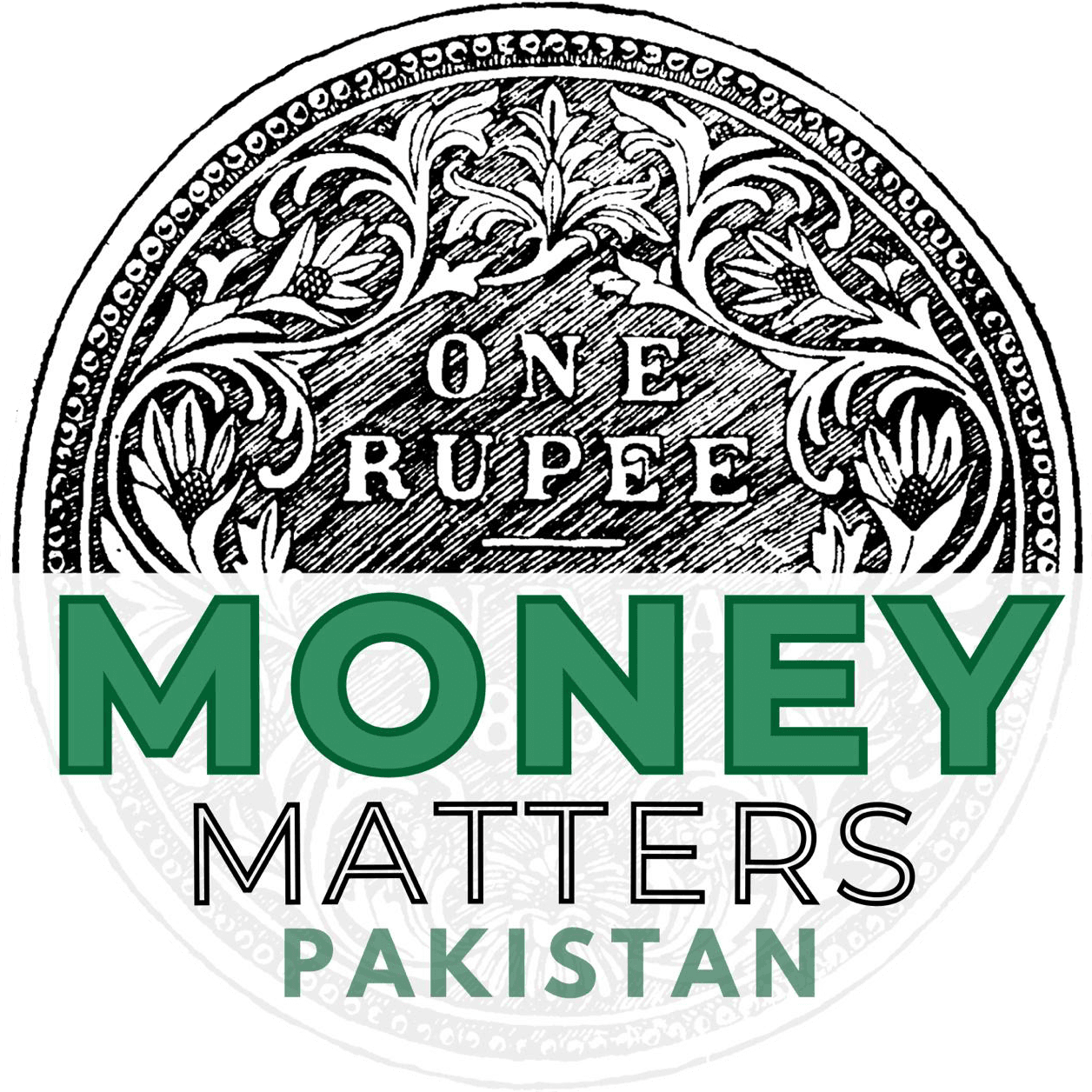Increased borrowing reflects lower interest rates and working capital needs, but economic impact remains debated.
Key Takeaways:
- Pakistani private sector borrowing significantly increased, reaching Rs751 billion by May 2nd, reversing a previous trend of debt retirement.
- Lowered interest rates, driven by a reduced policy rate of 11%, and the need for working capital are key factors.
- While borrowing is up, its impact on stimulating broader economic growth is still under discussion.
Karachi, Pakistan – Pakistan’s private sector has demonstrated a notable shift in financial strategy, significantly increasing its borrowing from banks after a period focused on debt retirement. Data released by the State Bank of Pakistan indicates that this resurgence in borrowing began in April, culminating in a substantial Rs751 billion increase by May 2nd.
This renewed borrowing activity is largely attributed to the private sector’s need to meet working capital requirements. By the close of the previous year, banks had already extended loans totaling Rs1.4 trillion to the private sector. The State Bank’s strategic reduction of its policy rate, now halved to 11% since June 2024, has also played a crucial role, making borrowing more attractive amid a backdrop of decreasing inflation.
Bankers suggest that the combination of lower interest rates and a degree of economic recovery has spurred this increased borrowing. However, some experts note that the current level of borrowing may not be sufficient to achieve the government’s desired level of economic stimulus. Business leaders have expressed the view that further reductions in interest rates are necessary to fully invigorate the economy.
The current borrowing figures represent a significant increase compared to the same period last year, when the private sector’s borrowing amounted to only Rs239.8 billion. Analysts suggest that the majority of this borrowing is intended to address short-term financial needs.




